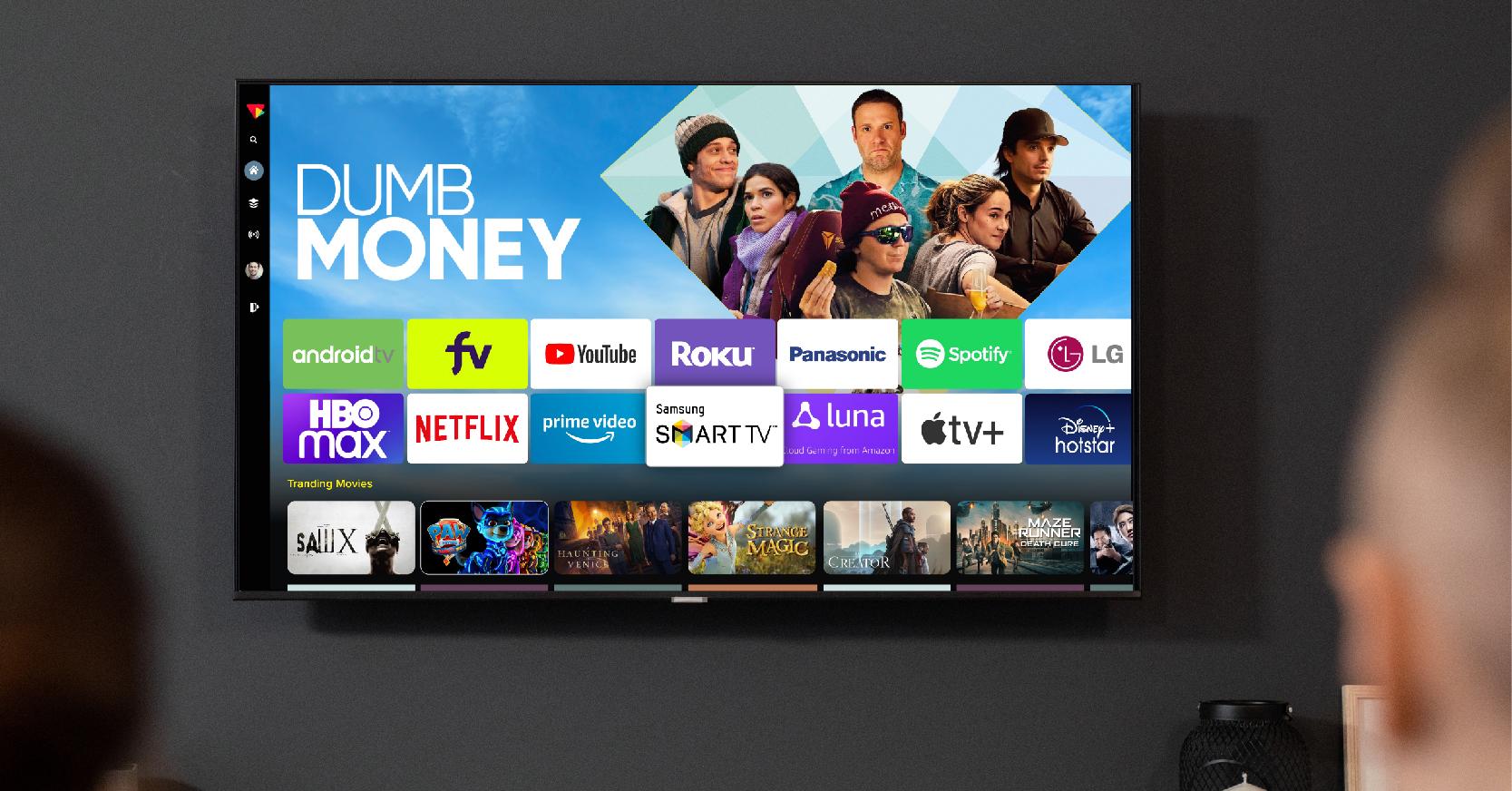The Best Guide To Apollo Group Tv
The Best Guide To Apollo Group Tv
Blog Article
All About Apollo Group Tv
Table of ContentsThe Basic Principles Of Apollo Group Tv The Main Principles Of Apollo Group Tv Facts About Apollo Group Tv RevealedApollo Group Tv Can Be Fun For Everyone
In this scenario, instead of having three-minute commercial areas throughout a 30-minute tv program, TV programs might change to one where a customer will certainly be required to have a monthly membership, so that they cen view targeted banner advertisements. This kind of marketing currently occurs on the web, and the quantity of information television business gather permits them to do similar.Explain the influence of enrollers on program material. Explain the significant patterns amongst the broadcasting and wire networks. When television was in its infancy, producers modeled the new medium on radio. Popular radio shows such as police dramatization Dragnet and western cowboy series Gunsmoke were adjusted for tv, and new television programs were funded by single advertisers, equally as radio programs had actually been.
Today, the tv market is much more intricate. Programs are sponsored by numerous marketers; shows is managed by major media conglomerates; and the three significant networks no much longer dominate the airwaves yet rather share their audiences with numerous wire networks. A number of factors make up these fads within the market, consisting of technical growths, federal government policies, and the creation of brand-new networks.

See This Report on Apollo Group Tv
Established in 1969, (PBS) created out of a report by the Carnegie Payment on Educational Television, which checked out the role of instructional, noncommercial tv on society. Public tv was also meant to provide universal accessibility to television for customers in country areas or customers who might not manage to pay for private tv solutions.
The period in between 1950 and 1970 is historically acknowledged as the. Apart from a small part of airtime controlled by public tv, the 3 significant networks (referred to as the Big 3) controlled the television market, jointly representing greater than 95 percent of prime-time watching. In 1986, Rupert Murdoch, the head of multinational firm News Corp, released the Fox network, challenging the prominence of the Big Three.
Targeting young and minority target markets with programs such as Buffy the Vampire Killer, Moesha, Dawson's Creek, and The Wayans Bros., the new networks wanted to draw terminals far from their old network associations. Instead than duplicating the success of Fox, UPN and WB struggled to make an impact. Not able to bring in many affiliate stations, both new networks reached fewer homes than their bigger opponents due to the fact that they were unobtainable in some smaller cities.
This decision led the way for the advancement of cord flick networks, adding to the exponential growth of cable in the 1980s and 1990s. apollo tv group. More deregulation of wire in the 1984 Wire Communications Plan Act got rid of constraints on wire prices, making it possible for drivers to charge what they wanted for cable services as long as there was efficient competition to the service (a standard that over 90 percent of all wire markets can fulfill)
7 Simple Techniques For Apollo Group Tv

Having actually created the very first "superstation," Turner broadened his realm by establishing 24-hour information network CNN in 1980. At the end of the year, 28 national programs solutions were readily available, and the cable transformation had actually started. Over the following years, the industry underwent a period of fast development and appeal, and by 1994 visitors could select from 94 fundamental and 20 costs wire solutions.
Figure 9 - https://filesharingtalk.com/members/603104-apollogtv01.16 Increased competitors from cable television networks has caused a steady decrease in the networks' target market rankings. During the 1950s, the cost of generating a single tv show raised as programs ended up being much longer and production expenses rose. Sponsorship on network television shifted from solitary sponsorship, in which a program was entirely supported and created by one marketer, to multiple sponsorship, in which advertisers acquired 1- or 2-minute places on the show
Choose one of the Big Four networks and print out its regular programs routine. Enjoy the network's prime-time programs over the training course of a week, keeping in more tips here mind the target group for each program.
Apollo Group Tv for Dummies

Linear television, often described as traditional broadcast TV, includes cable and satellite television. It's called "straight" because material adheres to a predetermined shows schedule, unlike on-demand material which the private viewer chooses to watch based upon their own choices and schedule. So, when you ask, "What is linear television?", think about it as the traditional means of enjoying TV that has been around for years.
Report this page